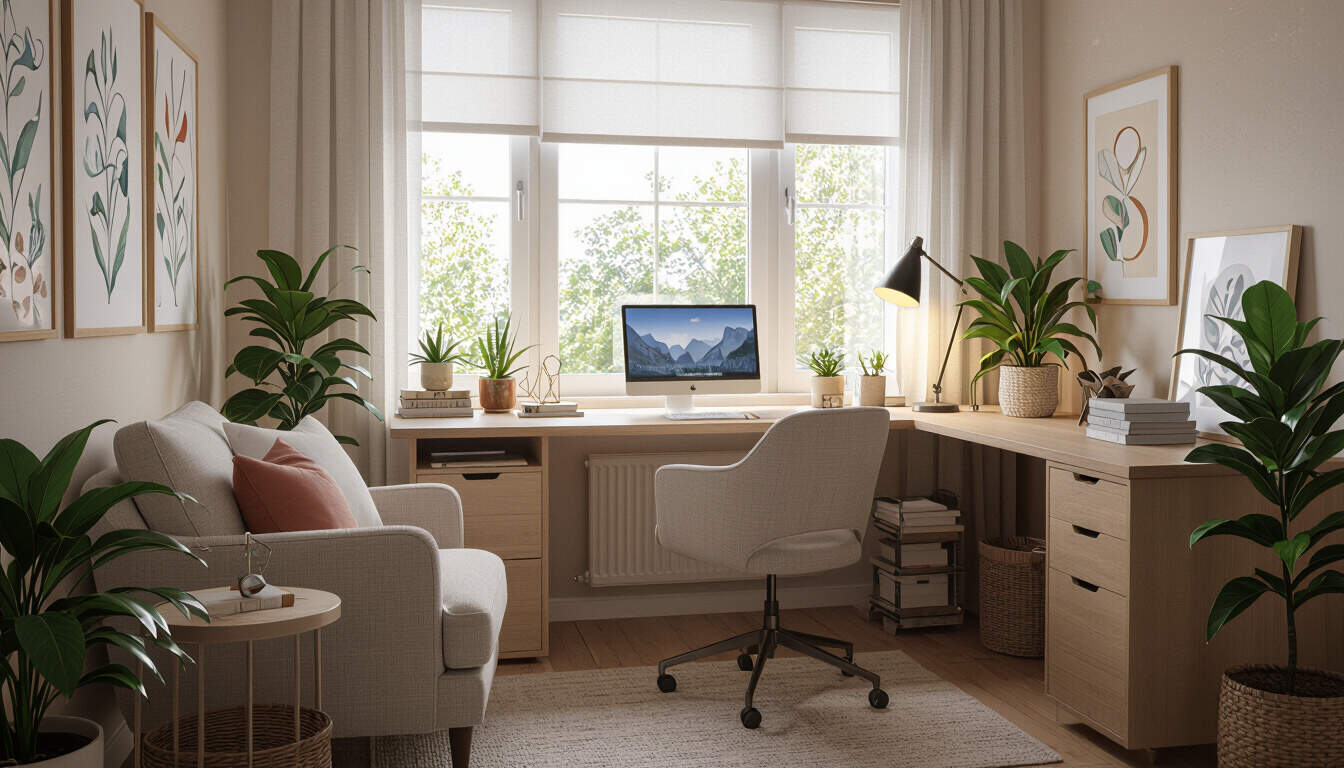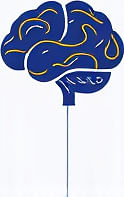Creating Sensory-Friendly Remote Workspaces
 by Marlene Keeling
by Marlene Keeling
Explore ways to design remote workspaces that cater to sensory needs for adults with ADHD or autism. Learn about noise reduction, lighting adjustments, and routines that promote focus and balance in daily work life. These strategies can lead to improved productivity and well-being.

Remote work offers flexibility, but for adults with neurodivergent conditions like ADHD or autism, sensory input can disrupt focus. A sensory-friendly workspace addresses these challenges by minimizing distractions and fostering comfort.
Many individuals experience heightened sensitivity to sounds, lights, or textures, making standard setups difficult. By making thoughtful changes, you can build an environment that supports productivity without added stress.
Start with the basics of your physical space. Choose a quiet area away from high-traffic zones in your home. Soft furnishings, such as curtains or rugs, help absorb echoes and reduce background noise. For those with ADHD, this creates a more controlled setting where concentration improves naturally.
Lighting plays a key role in comfort. Harsh overhead lights can cause discomfort, especially for people with autism. Instead, opt for natural light sources or adjustable lamps with warm bulbs. This adjustment can make a big difference in reducing eye strain and maintaining energy levels throughout the day.
Ergonomics matter too. A supportive chair and desk setup promote good posture, which aids in sustained attention. Items like anti-glare screens or wrist rests add layers of ease, helping to prevent fatigue during long sessions.
Organizing Your Digital Environment
Digital tools can either overwhelm or assist, depending on how you manage them. Use apps that filter notifications, allowing only essential alerts to come through. This keeps your workflow smooth and interruptions at bay.
For example, apps with focus timers encourage short, manageable work periods. These tools align well with needs often seen in ADHD, where breaking tasks into smaller segments boosts completion rates.
Incorporate visual aids like color-coded files or simple planners. Such methods create order and make information retrieval easier, supporting a sense of control in your remote routine.
Daily Routines for Balance
Establishing consistent habits is vital for maintaining work-life boundaries. Begin your day with a short routine, such as a walk or a few minutes of stretching, to signal the start of work time. This practice helps transition into a productive mindset without abrupt shifts.
Incorporate regular breaks to step away from the screen. Activities like listening to calming sounds or engaging in light exercise can refresh your senses and prevent overload. For adults with autism, these pauses are essential for recharging and sustaining performance.
Meal planning adds another layer of support. Prepare simple, nutritious meals in advance to avoid decision fatigue during work hours. This ensures you maintain energy without the mental effort of last-minute choices.
Building Support Networks
Connecting with others who share similar experiences can provide valuable insights. Join online communities where people discuss strategies for remote work. Sharing tips and successes builds a network of encouragement and practical advice.
Employers can also play a part by offering flexible options, such as adjustable hours or sensory accommodations. Open conversations about your needs foster a more inclusive work culture.
Remember, progress comes from small, consistent changes. Experiment with what works best for you, and be patient as you refine your setup.
Practical Hacks to Try
Here are some actionable ideas:
- Use noise-cancelling headphones to block out distractions.
- Set up a dedicated zone with minimal visual clutter.
- Experiment with scented candles or essential oils for a calming atmosphere, if they don't trigger sensitivities.
- Track your energy levels with a simple journal to identify patterns and adjust accordingly.
By focusing on these elements, you create a foundation for success. A remote workspace that respects your sensory needs leads to greater satisfaction and efficiency.
In closing, these adjustments are steps toward a more harmonious work life. With empathy for your own experiences, you can achieve the balance you seek.
